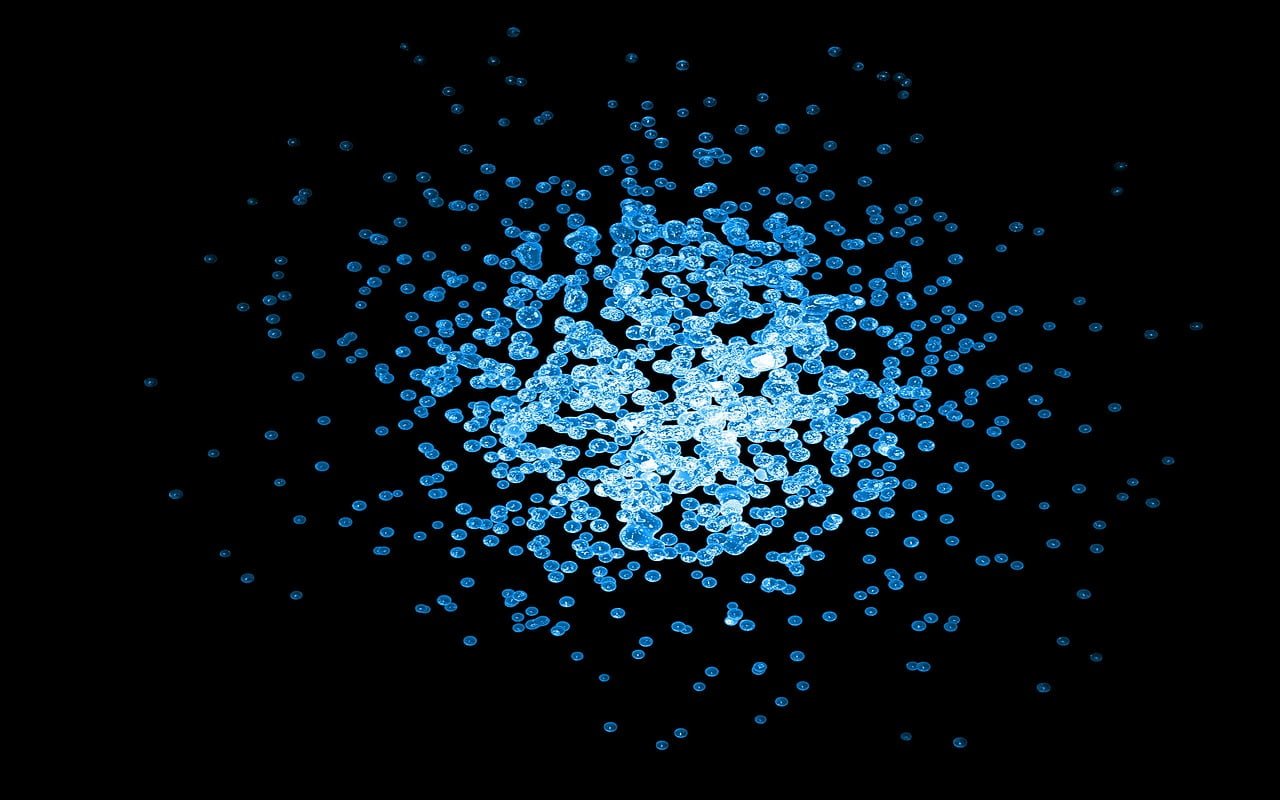Microbes, which were the starting point of life on Earth as we know it, have managed to survive on degraded organic matter. A new study has found that microbes feed on food hundreds of years old, which is a result of slow metabolic processes.
A group of researchers at the University of Tennessee, Knoxville found that microbes feed on food hundreds of years old and published their findings in Applied and Environmental Microbiology. The study is important because it shows further application of carbon on Earth and how metabolisms developed throughout the evolution. The team is confused as to how bacteria and other microbes consume food so old.
“There are microbes living in deep ocean sediments eating carbon, like proteins and carbohydrates, that is hundreds of years old,” Andrew Steenlead author of the study and assistant professor of environmental geology at UT said in a statement. “However, we don’t know much about how those microbes eat that old, poor-quality food.”
The team that found that microbes feed on food hundreds of years old believes that this information could have various biomedical applications. Experts could develop a technology which could slow down cell metabolism within human organs during demanding surgeries such as transplants, making the entire process easier. Aside from the medical application, the study could be applied to fighting climate change, given that many microbes feed on methane and carbon dioxide.
“It could also aid in preserving underground microbes that play a role in carbon sequestration, a key process in the fight against climate change,” said Steen.
To understand how microbes feed on food hundreds of years old, researchers tested different types of peptidases – digestive enzymes which degrade food and proteins, which they found down in sediment cores in the White Oak River estuary in North Carolina.
“These microbes live incredibly slow lives, with cells multiplying somewhere between every 10 years and every 10,000 years, but we aren’t sure how,” said Steen. “Our work shows that those microbes are living the same way any other microbe does, just way more slowly and with some improved ability to eat the low-quality food in their environment.”
The team compiled data from 275 years of sediment deposition from the White Oak River estuary. Then, they used DNA analysis of microbes living in the sediment and measured peptidases. The team then analyzed how the microbes process that food with barely any access to fresh, organic water.
Organic carbon found in aquatic sediments can be “a long-term sink for atmospheric carbon dioxide,” and the team found that around 40% of organic carbon burial takes place in estuaries and deltaic systems. The study describes how microbes degrade organic carbon in environments such as the White Oak River estuary.
“Our study shows that, in some sense, subsurface microbes are happy to be where they are—or at least they’re well adapted to a terrible environment,” said Steen.





